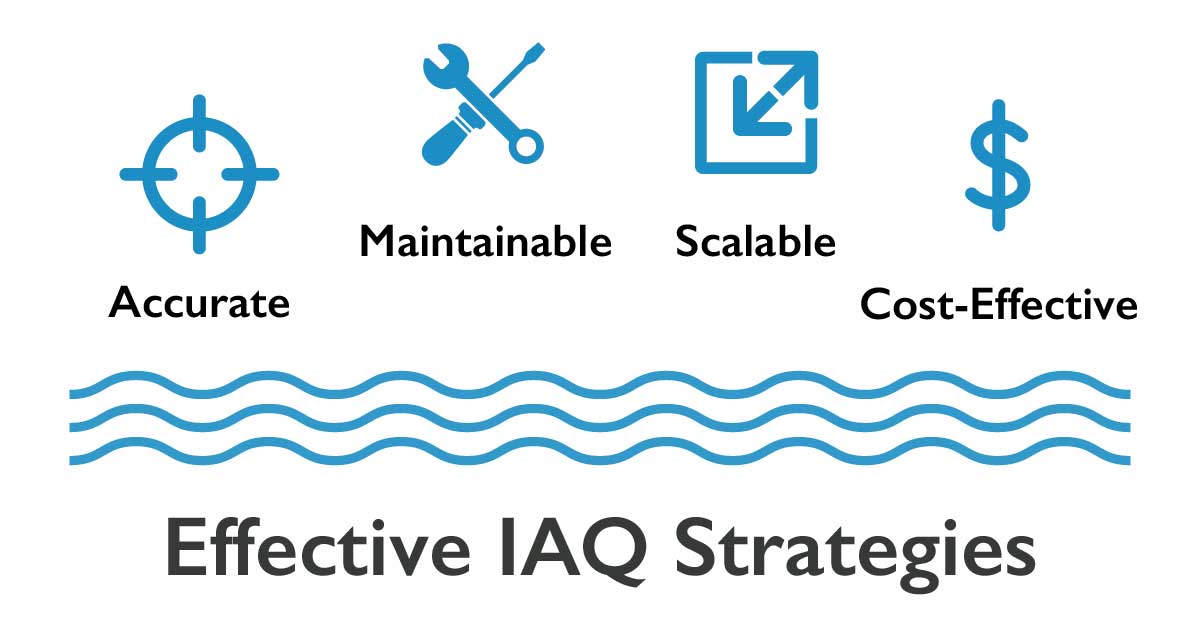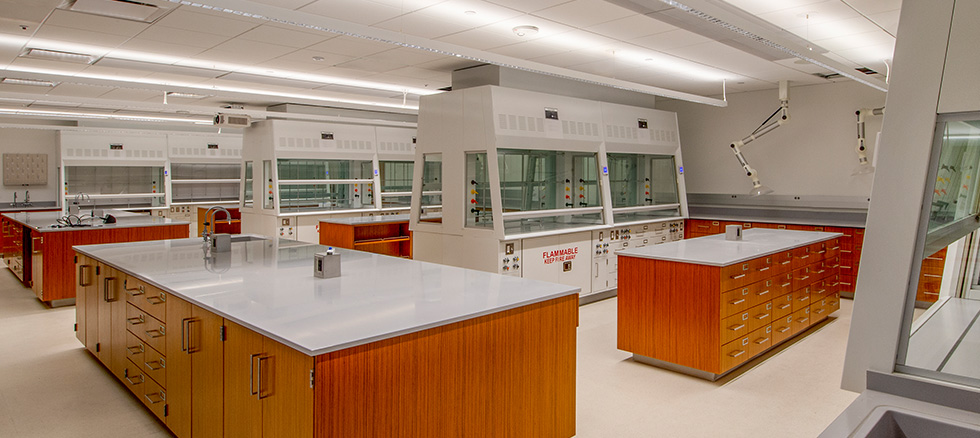As we spend a significant amount of time indoors, the quality of the air we breathe is crucial for our overall well-being. Indoor air pollution can have adverse effects on our health, leading to long-term health complications. Therefore, it is essential to monitor and maintain optimal indoor air quality (IAQ) in our homes, workplaces and public spaces. In this article, we will explore the significance of indoor air quality monitoring and discuss various monitoring techniques and technologies that can help us create healthier living environments.
The Dangers of Poor Indoor Air Quality

Poor indoor air quality can have severe consequences on our health and well-being. Inadequate ventilation, exposure to pollutants, and the presence of allergens can contribute to various health issues, including respiratory disorders, allergies, asthma and even cardiovascular problems. Indoor air pollution can arise from a multitude of sources, such as tobacco smoke, household cleaning products, building materials and even outdoor pollutants that seep indoors. Monitoring and maintaining good IAQ can help mitigate these risks and improve the overall quality of life.
The Benefits of Indoor Air Quality Monitoring
Monitoring indoor air quality provides numerous benefits for individuals, families and organizations. Accurate data and understandable reporting allow you to know your air quality and identify potential hazards to take proactive measures for improved IAQ. Some key advantages of indoor air quality monitoring include:
Health Protection: Regular monitoring helps identify the presence of harmful pollutants, allergens, and volatile organic compounds (VOCs) that can cause respiratory problems, allergies and other health issues. By taking appropriate actions based on monitoring data, we can minimize exposure to these pollutants and safeguard our health.
Increased Productivity: Poor indoor air quality can lead to decreased productivity and concentration levels. Monitoring IAQ allows us to identify factors that affect cognitive performance and implement strategies to enhance productivity and well-being in workplaces, schools and other indoor settings.
Energy Efficiency: Monitoring indoor air quality goes hand in hand with optimizing ventilation and HVAC systems. By understanding the air quality metrics, we can optimize airflow, reduce energy waste, and create an energy-efficient environment.
Regulatory Compliance: In some regions, there are regulations and standards in place to ensure adequate indoor air quality in public spaces and workplaces. Monitoring IAQ helps organizations comply with these standards and regulations, avoiding legal and financial consequences.
Indoor Air Quality Monitoring Techniques and Technologies

An advanced sensor system from Antrum.
A variety of techniques and technologies are available for monitoring indoor air quality. Here are some commonly used methods:
Basic Monitoring: Basic monitoring involves visual inspection, sensory perception and simple measurement tools like carbon dioxide (CO2) and carbon monoxide (CO) detectors. These tools provide preliminary information about indoor air quality but may not capture the full range of pollutants.
Advanced Sensors: Advanced sensors measure multiple air quality parameters, including particulate matter (PM), VOCs, humidity, temperature and more. These sensors provide real-time data and can be integrated into smart home systems for continuous monitoring.
Air Quality Monitors: Dedicated air quality monitors offer a comprehensive analysis of multiple air pollutants, often with data displayed through mobile apps or online platforms. These monitors enable users to track historical data, set alerts and make informed decisions regarding IAQ improvement.
Indoor Air Quality Meters: IAQ meters measure and display key air quality parameters, including CO2 levels, temperature and humidity. These portable devices are useful for spot measurements in specific areas of a building.
Building Management Systems: Building management systems (BMS) integrate multiple sensors and monitors to control and monitor HVAC systems, ventilation rates and air filtration. BMS platforms offer advanced analytics and automation capabilities for enhanced IAQ management.
Data Analytics and AI: The integration of data analytics and artificial intelligence (AI) can significantly enhance indoor air quality monitoring. By analyzing historical data, AI algorithms can detect patterns, identify potential issues and provide recommendations for improving IAQ.
Implementing Effective IAQ Strategies

Effective IAQ strategies must be accurate, maintainable, scalable and cost-effective.
To ensure optimal indoor air quality, it is essential to implement effective strategies based on the findings of air quality monitoring. Here are a few steps that can be taken:
Proper Ventilation: Adequate ventilation is crucial for maintaining good IAQ. Ensure that ventilation systems are clean, well-maintained and in line with recommended standards. Introduce natural ventilation whenever possible.
Source Control: Identify and mitigate potential sources of indoor air pollution. This can include eliminating tobacco smoke, reducing the use of volatile chemicals, using environmentally friendly cleaning products and addressing mold or moisture issues promptly.
Air Filtration: Consider using high-efficiency air filters to remove airborne particles, allergens and pollutants. Regularly clean or replace filters according to manufacturer guidelines.
Regular Maintenance: Regularly inspect and maintain HVAC systems, air ducts, and other equipment to ensure optimal performance. This includes cleaning or replacing filters, checking for leaks and conducting routine inspections.
Education and Awareness: Educate occupants about the importance of indoor air quality and provide guidelines for maintaining a healthy indoor environment. Encourage good practices such as proper ventilation, limiting pollutant sources and regular monitoring.
Monitoring Indoor Air Quality is Vital for Healthier Living
By understanding the dangers of poor IAQ and implementing effective monitoring strategies, we can protect our health, enhance productivity, and promote overall well-being. With advancements in technology and the availability of various monitoring tools, individuals, businesses and organizations have the means to track, analyze, and improve the air we breathe indoors. Prioritizing indoor air quality monitoring is an investment in our health and the well-being of future generations.
For further information about improving indoor air quality or learning more about Antrum’s IAQ solutions, please call us at 203-261-8100 or email us.


















